Description
A pain ruler refers to a tool or system used for measuring the intensity of pain. Pain is a subjective experience, meaning it’s different for each individual, so accurately gauging how much pain someone is in can be difficult. That’s where pain scales or rulers come in, offering a structured way to assess and track pain levels, aiding both patients and healthcare providers in making better decisions for pain management.
Types of Pain Rulers/Scales
- Numerical Rating Scale (NRS): One of the most commonly used tools, this scale asks individuals to rate their pain on a scale from 0 to 10, where:
- 0 represents no pain
- 10 represents the worst possible pain
This scale is simple and easy to use, making it suitable for patients of all ages and cognitive levels. However, it relies on the patient’s ability to self-assess and communicate their pain level accurately.
- Visual Analog Scale (VAS): The Visual Analog Scale consists of a straight line, usually 10 centimeters long, with “no pain” at one end and “worst pain imaginable” at the other. Patients are asked to mark the point along the line that corresponds to the intensity of their pain. The marked point is then measured to quantify the pain.This scale allows for a more visual representation of pain intensity, which can be helpful in capturing subtle variations in pain that the numerical scale might miss.
- Faces Pain Scale – Revised (FPS-R): This scale uses pictures of faces with varying expressions, from a neutral face (representing no pain) to a crying face (representing the most severe pain). It’s especially helpful for children or individuals who might have trouble using numbers to describe their pain.
- McGill Pain Questionnaire: This is a more comprehensive tool that goes beyond just measuring the intensity of pain. It asks patients to describe their pain based on its quality (e.g., throbbing, sharp, burning) and its intensity, location, and duration. It’s useful for assessing complex pain experiences, like those associated with chronic conditions.
- Wong-Baker FACES Pain Rating Scale: This scale is similar to the FPS-R and is commonly used for children, though it’s also effective for adults who might have difficulty understanding more abstract pain scales. It has six faces, each depicting a different level of pain, from “no hurt” to “hurts like the worst pain you can imagine.”
Why Is a Pain Ruler Important?
- Objective Measurement of Pain: Pain is inherently subjective, making it difficult to measure without the patient’s input. The pain ruler allows healthcare providers to quantify pain to some extent, which can be crucial for diagnosis, treatment, and monitoring progress over time.
- Tracking Pain Over Time: For individuals with chronic pain, or those recovering from surgery or injury, being able to track pain levels regularly helps doctors adjust pain management strategies. Pain rulers provide a consistent way to gauge pain intensity, making it easier to adjust medications or therapies as needed.
- Better Communication Between Patient and Healthcare Providers: A pain ruler helps patients describe their pain in a structured manner, which can improve communication between them and their doctors. It encourages patients to think more clearly about the pain and enables them to express how they feel more accurately.
- Personalized Pain Management: Because pain scales can help healthcare providers assess how a patient is responding to treatment or therapy, they are integral in creating personalized pain management plans. The scale helps to adjust medication, physical therapy, or other treatments based on the severity and nature of the pain.
Limitations of Pain Rulers
- Subjectivity: Since pain is a personal experience, a scale like the NRS or VAS relies on the individual’s self-report. Different people may interpret pain intensity differently, and factors like cultural background, personality, and previous experiences with pain can influence their ratings.
- Difficulty with Certain Populations: For individuals who are unable to communicate verbally, such as young children, those with cognitive impairments, or individuals who speak a different language, pain scales might be difficult to use accurately. In these cases, alternative methods (like behavioral observation) might be required.
- Over-Simplification: A pain ruler measures intensity but doesn’t fully capture other aspects of pain, such as its quality, location, and impact on daily life. For a more holistic view, additional pain assessment tools (like the McGill Pain Questionnaire) may be necessary.
Conclusion
While pain rulers are simple tools, they provide significant benefits in managing and understanding pain. They offer a standardized way of quantifying pain intensity, which is helpful for both patients and healthcare providers. However, it’s important to remember that pain is a complex, multifaceted experience, and using a pain scale should be just one part of a comprehensive approach to pain management.

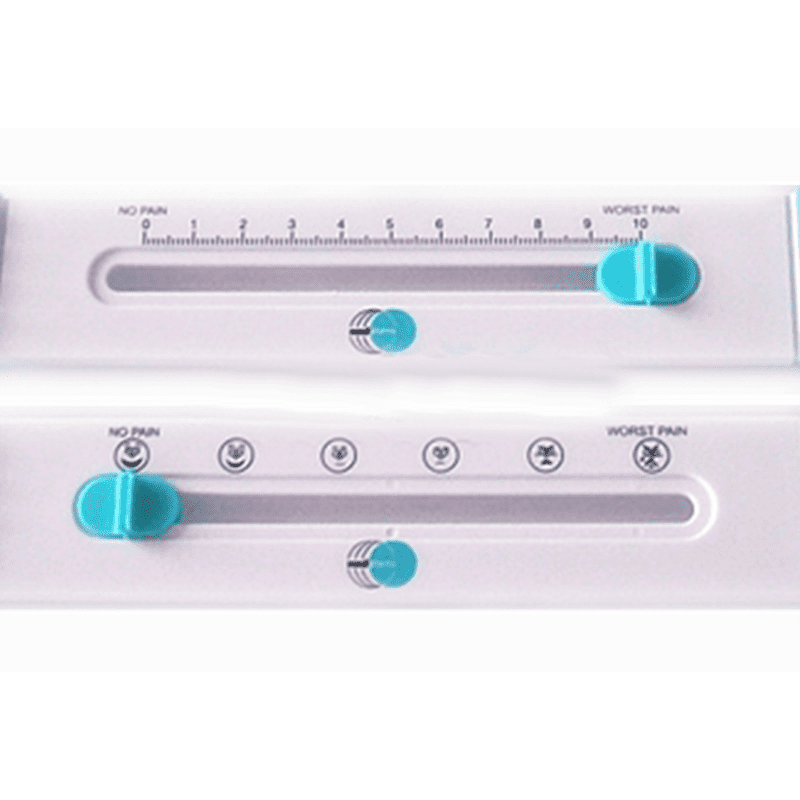
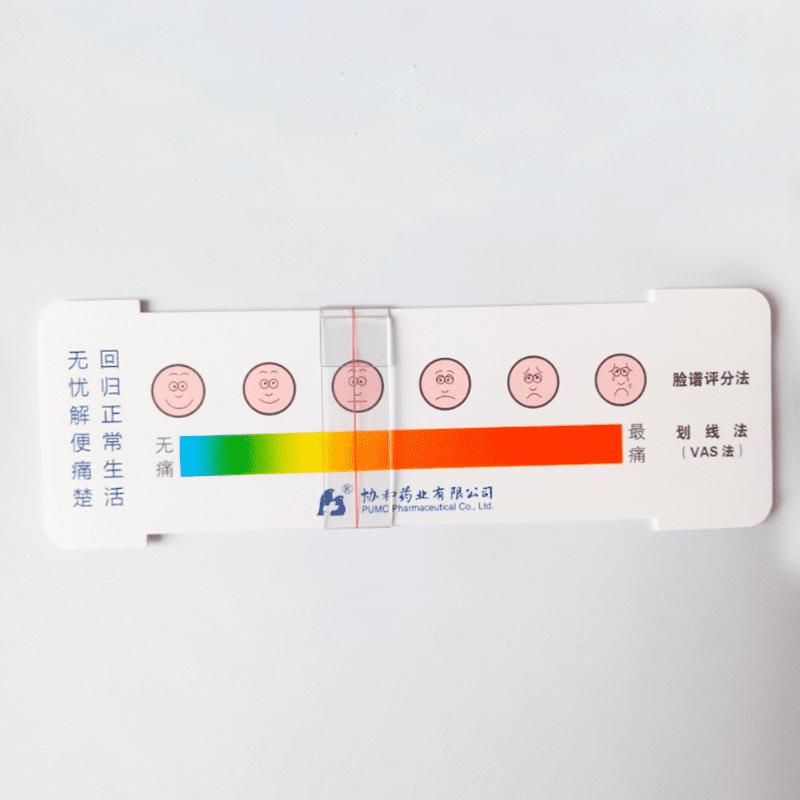
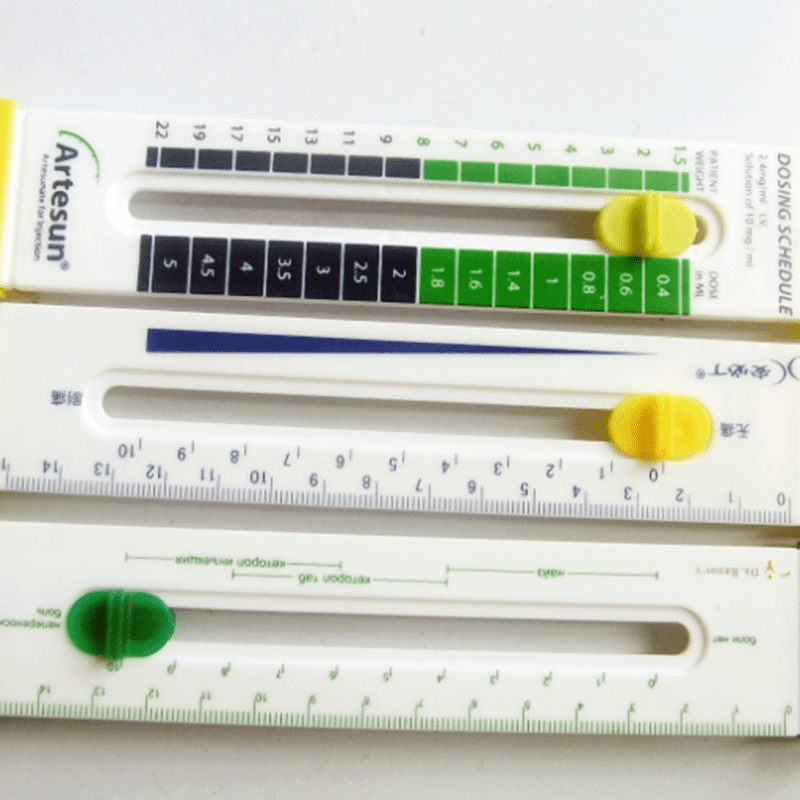
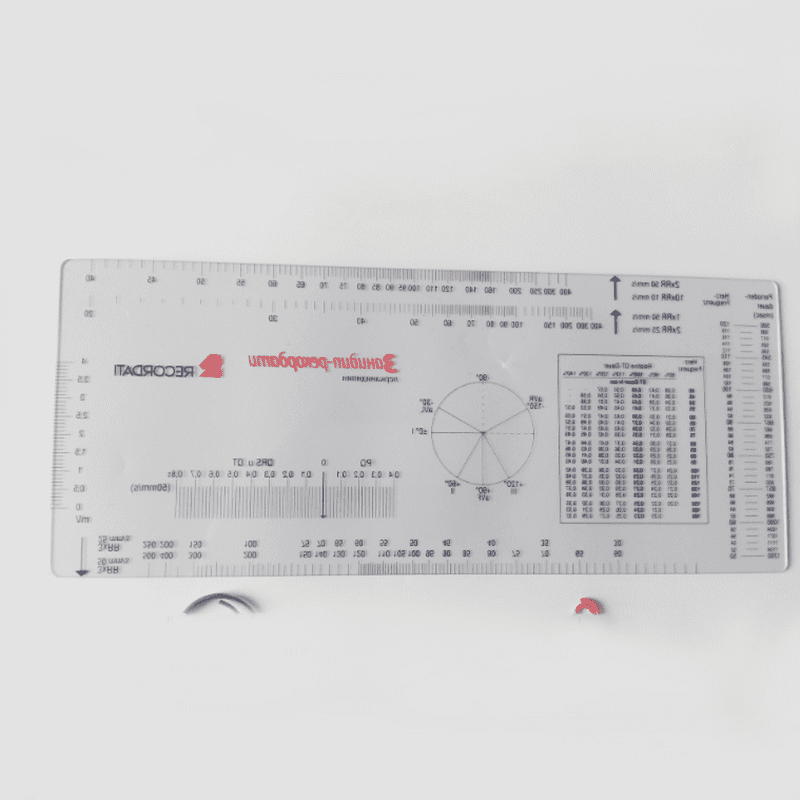
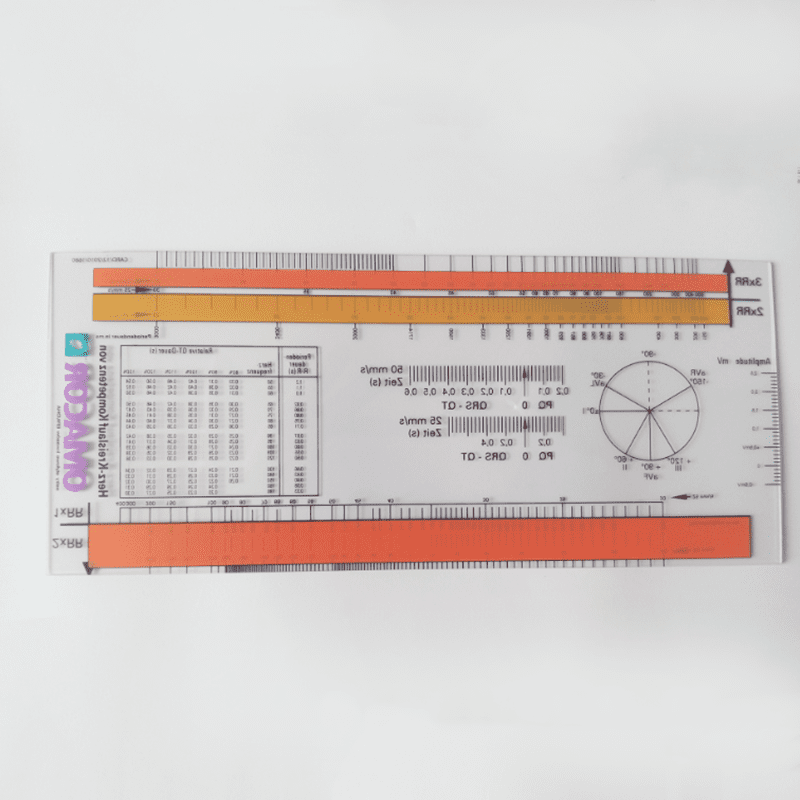
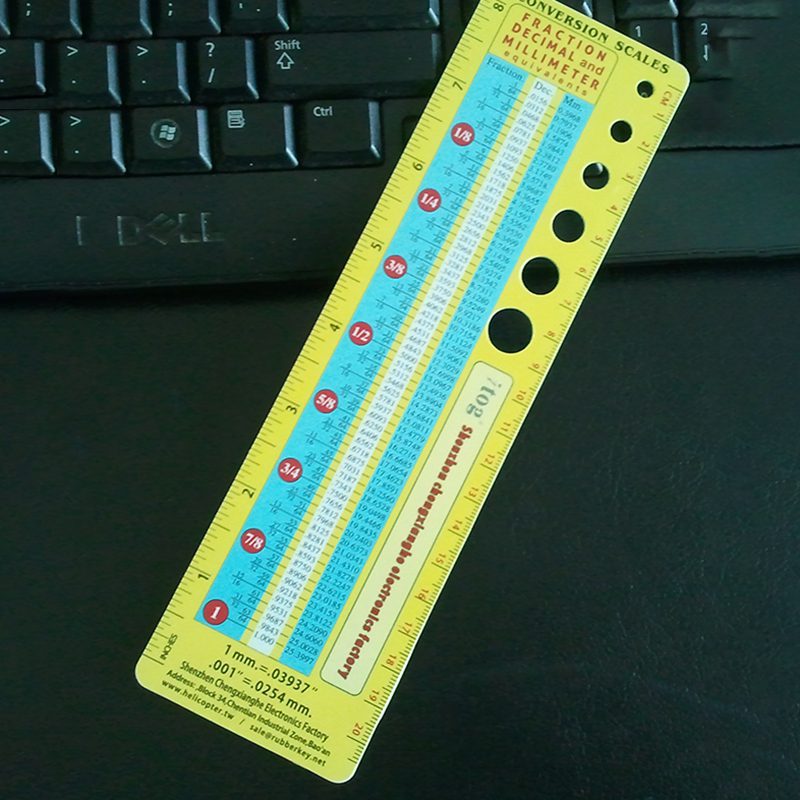
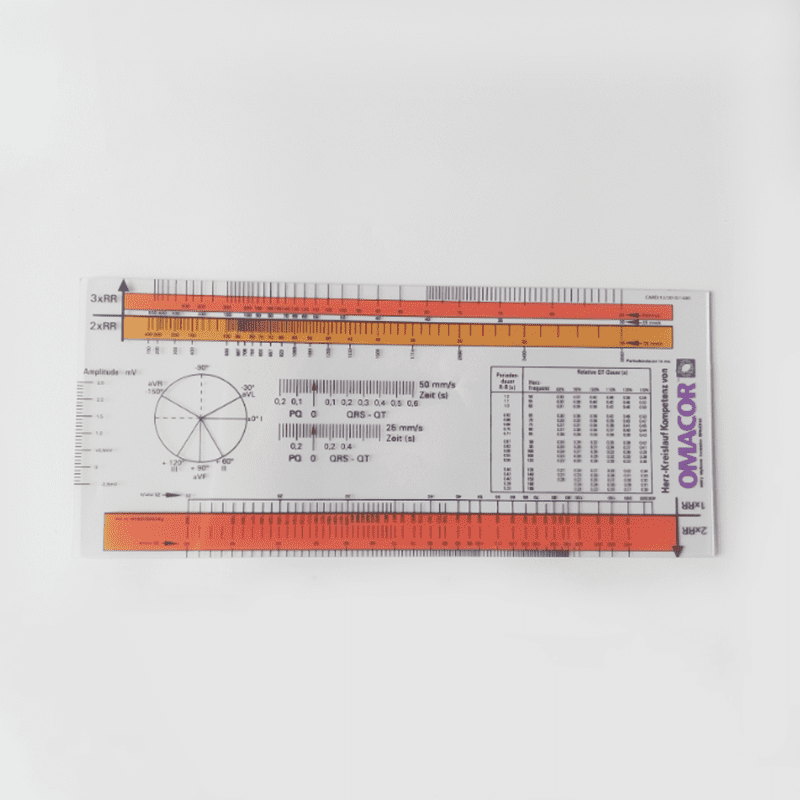
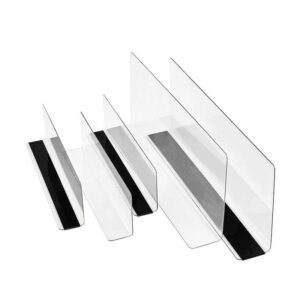
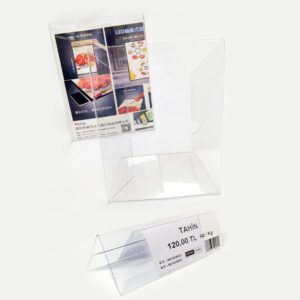
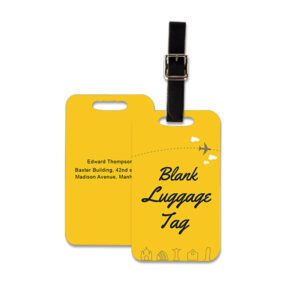
Reviews
There are no reviews yet.